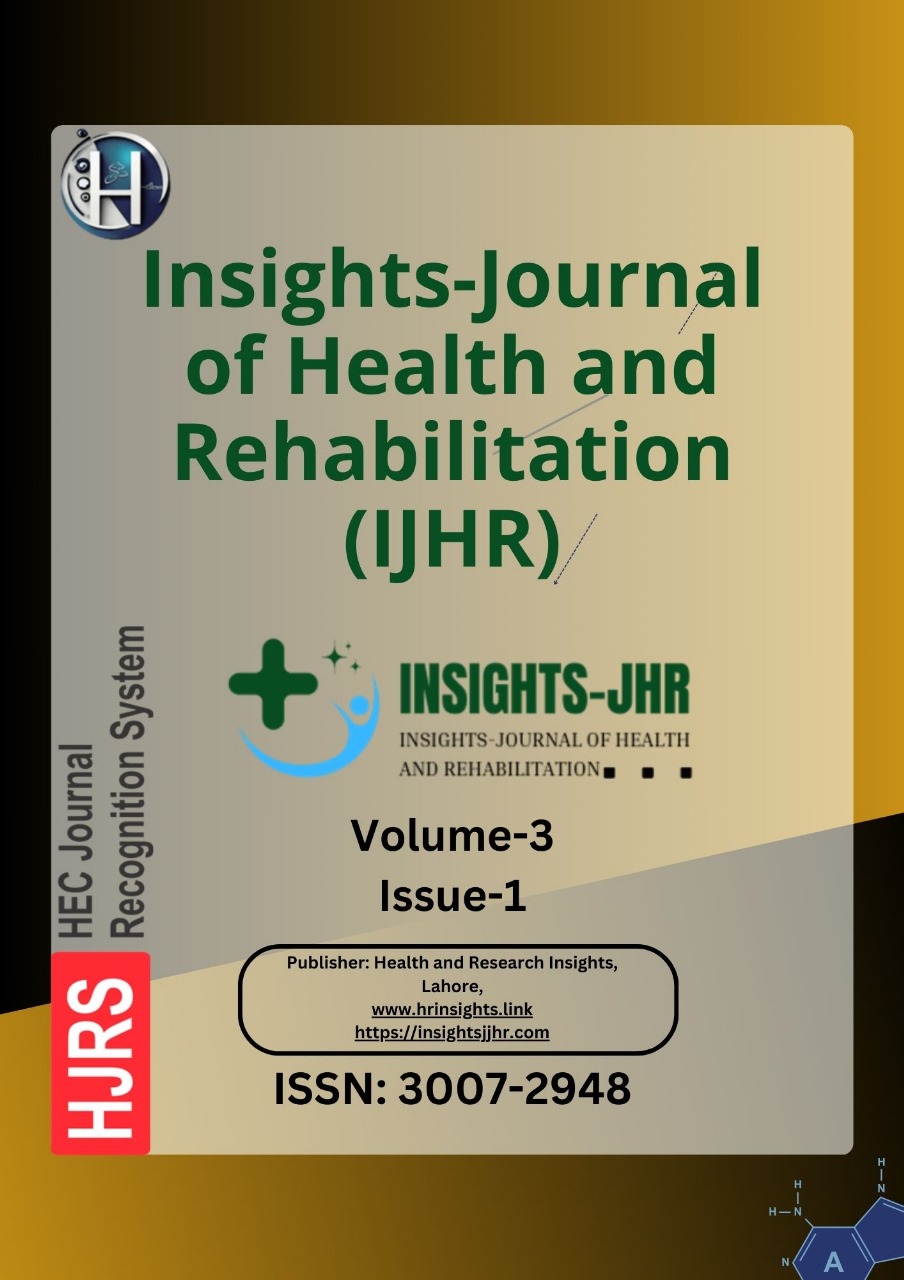FREQUENCY AND SPECTRUM OF MECHANICAL COMPLICATIONS IN ACUTE STEMI
DOI:
https://doi.org/10.71000/dthtj409Keywords:
Anemia, Cardiogenic shock, Echocardiography, Myocardial infarction, Renal impairment, STEMI, Ventricular septal ruptureAbstract
Background: Acute ST-elevation myocardial infarction (STEMI) remains a major global cause of morbidity and mortality. Despite advancements in reperfusion therapy, mechanical complications such as ventricular septal rupture, free wall rupture, and acute mitral regurgitation continue to contribute to adverse outcomes. Although rare, these complications are associated with high mortality rates, often due to hemodynamic instability and cardiogenic shock. Identifying patients at higher risk remains crucial for improving survival and optimizing treatment strategies.
Objective: To determine the incidence and spectrum of mechanical complications in patients with acute STEMI and evaluate their clinical predictors and outcomes in a tertiary care setting.
Methods: This prospective, descriptive study was conducted from July to November 2024 at a tertiary care hospital in Islamabad. A total of 165 patients with confirmed acute STEMI were enrolled using a non-probability sequential sampling method. Clinical data, including demographics, comorbidities, Killip classification, and reperfusion status, were systematically documented. Transthoracic echocardiography was performed to identify mechanical complications. Laboratory parameters and procedural details were recorded. Statistical analyses were conducted using SPSS version 26, with categorical variables assessed using the Chi-square test and continuous variables analyzed using the Student’s t-test. A p-value of <0.05 was considered statistically significant.
Results: The study cohort had a mean age of 62.4 ± 10.5 years, with 63.6% being male. Anterior STEMI was the most common presentation (51.5%), followed by inferior (36.4%) and posterior (12.1%) STEMI. Mechanical complications occurred in 5% of cases, with ventricular septal rupture, free wall rupture, and acute mitral regurgitation identified. Patients with complications exhibited significantly higher rates of renal impairment (66.7% vs. 12.8%, p=0.001), anemia (55.6% vs. 15.4%, p=0.007), and thrombocytopenia (33.3% vs. 2.6%, p=0.001). Advanced Killip class (Class IV) was strongly associated with mechanical complications (44.4% vs. 4.5%, p=0.001). The 30-day mortality rate among patients with complications was markedly higher (66.7%) compared to those without (6.4%), with cardiogenic shock being the leading cause of death (44.4%).
Conclusion: Although mechanical complications post-STEMI are uncommon, they significantly increase mortality. Risk factors such as renal impairment, anemia, and advanced Killip class strongly correlate with their occurrence. Early recognition, timely intervention, and optimized management strategies are imperative to reduce mortality and improve patient outcomes.
Downloads
Published
Issue
Section
License
Copyright (c) 2025 Rao Tayyaba Noor, Muhammad Shafique Arshad, Muhammad Asif Nawaz Khan, Muhammad Tariq, Mahboob Ur Rehman, Sidra Zahoor, Muhammad Farrukh Habib (Author)

This work is licensed under a Creative Commons Attribution-NonCommercial-NoDerivatives 4.0 International License.







